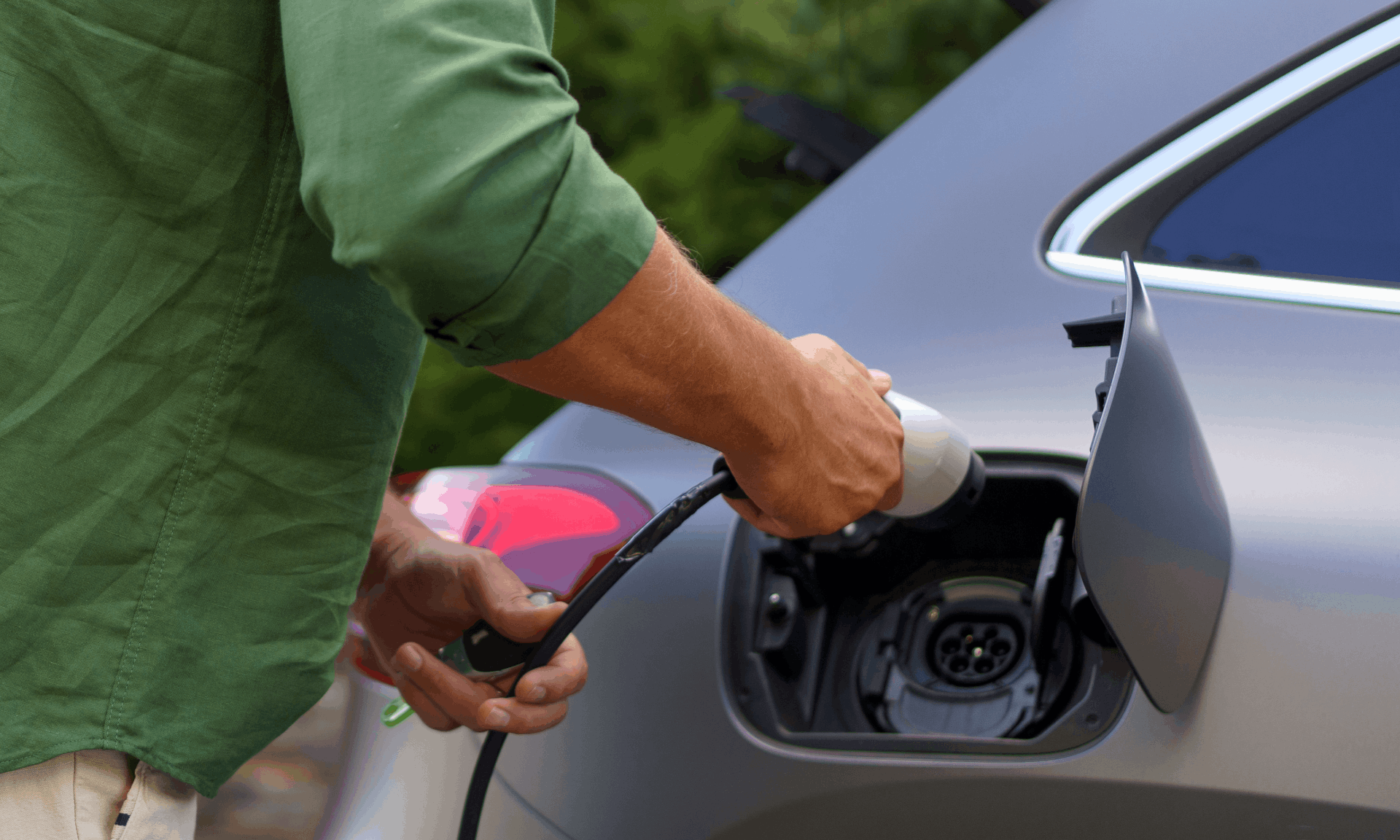A Complete Guide to EV Charging in Ireland

Ireland’s electric vehicle (EV) charging network is expanding quickly, with multiple providers now offering a wide range of charging options. Whether you already drive an EV or are considering making the switch, knowing the types of chargers available, who provides them, and how best to use them can make your journey easier. In this article, the Nevo experts break down the key points for you.
What types of EV chargers are available in Ireland?
- Home Charging (AC – 3kW to 7kW): Most commonly done with a 7kW wallbox installed at home. Perfect for overnight charging, it typically takes 6–10 hours and allows you to take advantage of cheaper night-rate electricity.
- Destination Charging (AC – 7kW to 22kW): Found at shopping centres, hotels, and workplaces. While slower, it’s ideal for topping up while your car is parked.
- Public Fast Charging (DC – 50kW to 150kW): Located along motorways and main routes, these chargers can deliver up to 80% charge in 30–45 minutes, making them great for long journeys.
- Ultra-Fast Charging (DC – 150kW to 350kW): Found at busy locations, these chargers can add significant range in under 20 minutes. Just note that not all EVs are compatible with the highest speeds, so always check your vehicle’s specs.
Who are the main charging providers in Ireland?
- ESB eCars: Ireland’s largest public network, offering AC (22kW), Fast (50kW), and High Power (150kW) chargers. Access is via app or RFID card, with coverage nationwide.
- IONITY: Provides ultra-fast chargers (150kW–350kW), mainly along motorways. While pricing is higher, charging is extremely fast, ideal for long-distance travel.
- Tesla Superchargers: Featuring 150kW–250kW chargers, mostly for Tesla owners (some sites are open to all EVs). Known for their seamless plug-and-charge experience, this global network continues to expand.
- EasyGo: In partnership with local businesses, EasyGo offers AC and some DC fast chargers. Their network is expanding with affordable pricing, particularly in smaller towns and destinations.
- Applegreen EV Charging: Known for fast and ultra-fast chargers (50kW–200kW) at motorway service stations. Many sites also host ESB, Tesla, or IONITY chargers, making them convenient stops.
How to use EV charging stations
Use apps such as ESB eCars, PlugShare, Zap-Map, or Tesla’s built-in navigation to find chargers. Check availability and pricing in advance. To charge, activate the unit via app, RFID card, or (in some newer locations) contactless payment. When finished, always end the session properly via the app, card, or screen, then unplug and return the cable neatly.
When is the best time to charge?
- At home: Charging during off-peak hours (11pm–7am) on a night-rate plan can significantly cut costs.
- At destinations: Midday at shopping centres or workplaces can be convenient, as chargers are often more available.
- On the road: Avoid peak times (5pm–8pm), when demand for public fast chargers is highest.
Nevo’s Final Tips
- Plan ahead: Always have a backup charging stop in mind.
- Use rapid chargers wisely: Don’t rely on them for daily charging.
- Be considerate: Move your EV once it’s charged to free up the space.
- Carry an RFID card: Some chargers still require one instead of app access.
With more providers and faster options being added all the time, Ireland’s EV charging network is making electric driving more practical and convenient than ever. If you’d like more guidance, our team at Nevo is here to help.